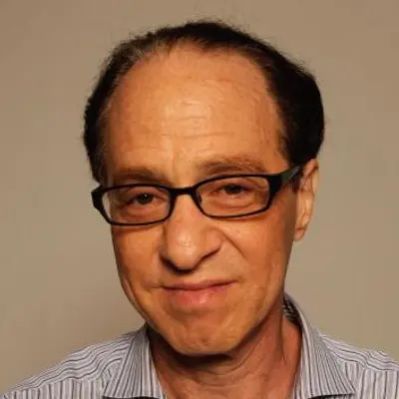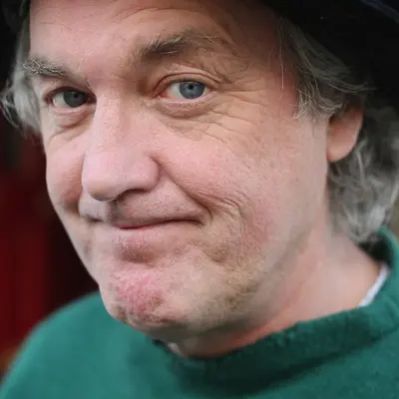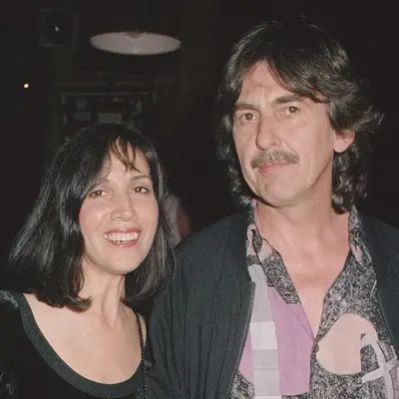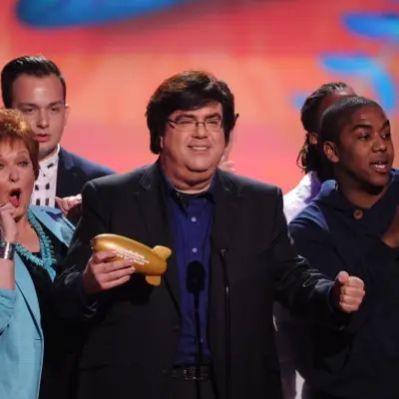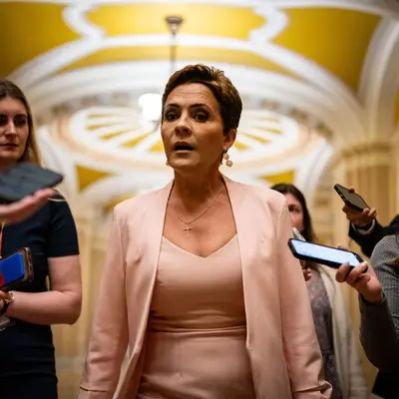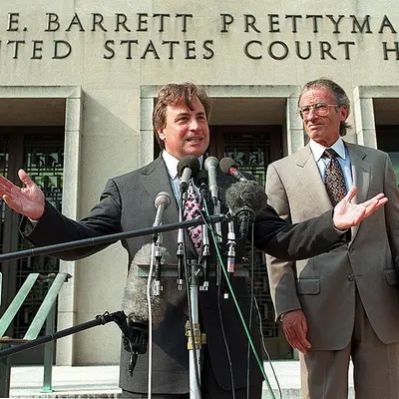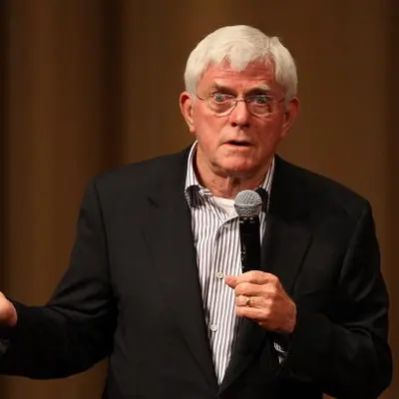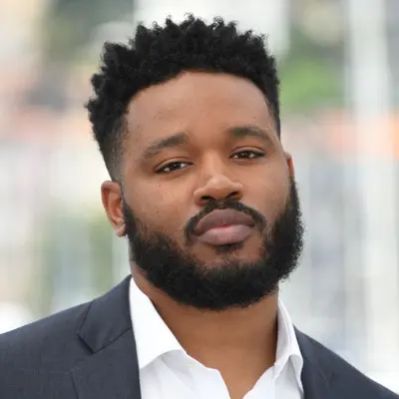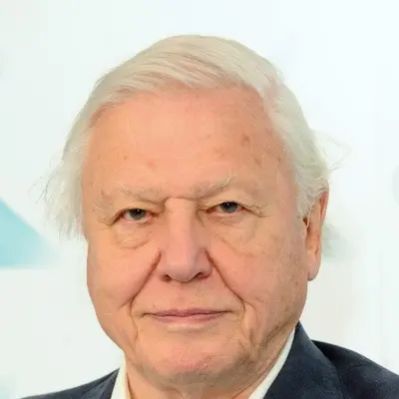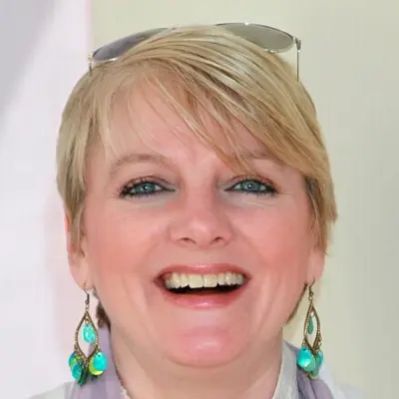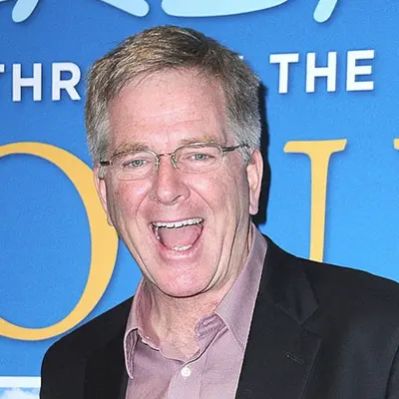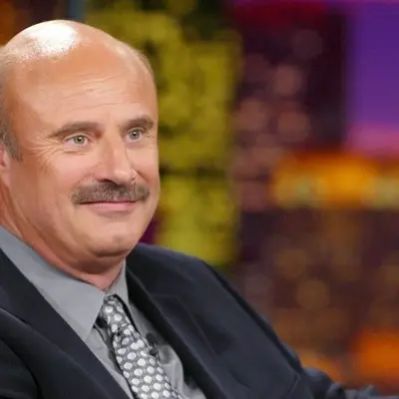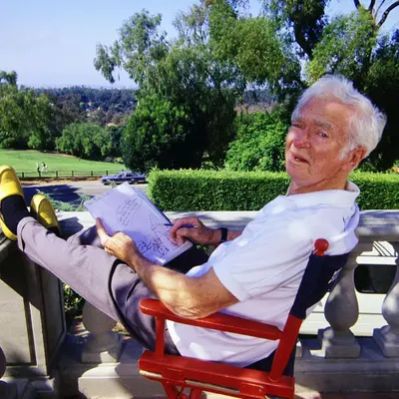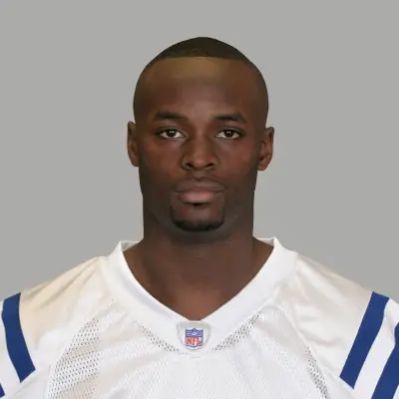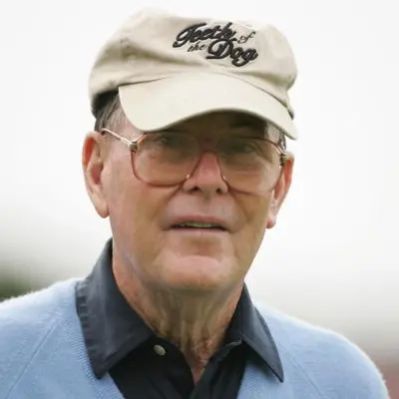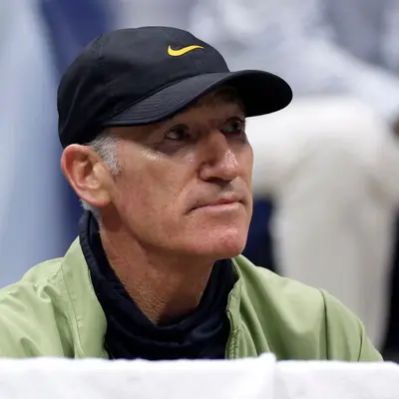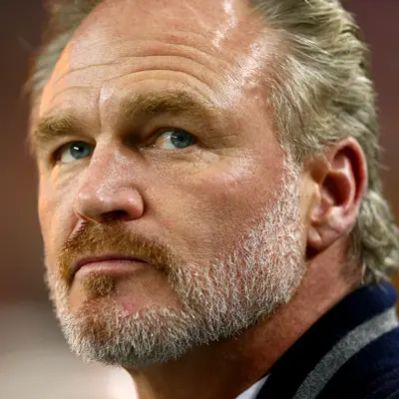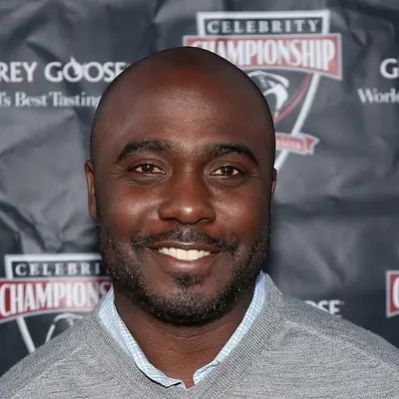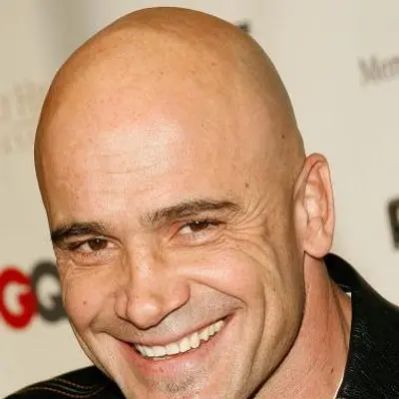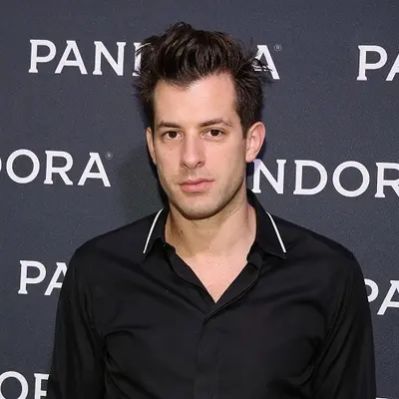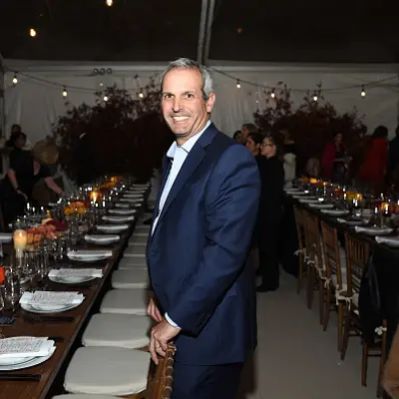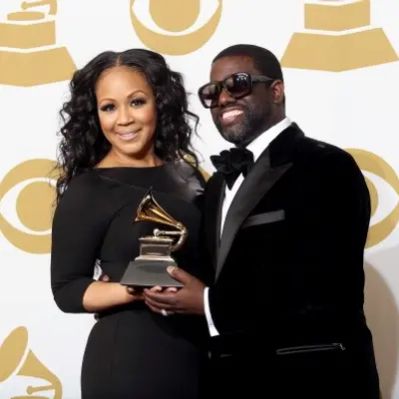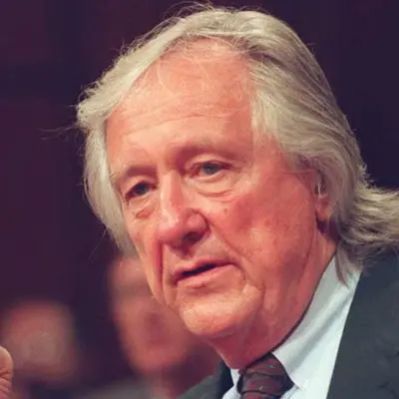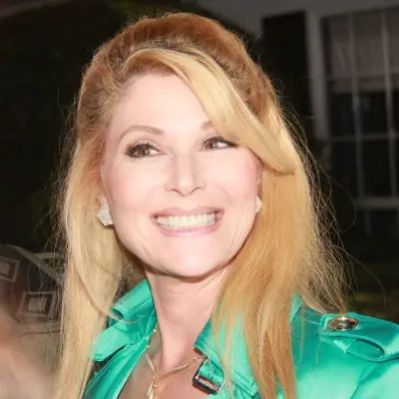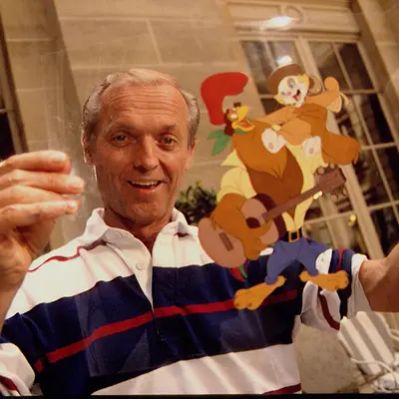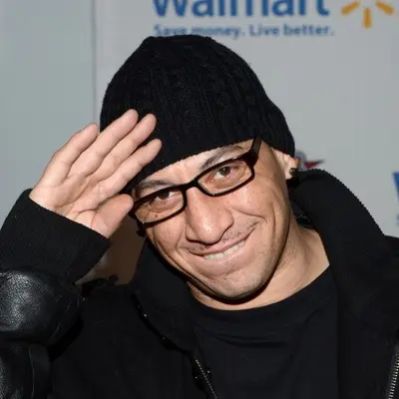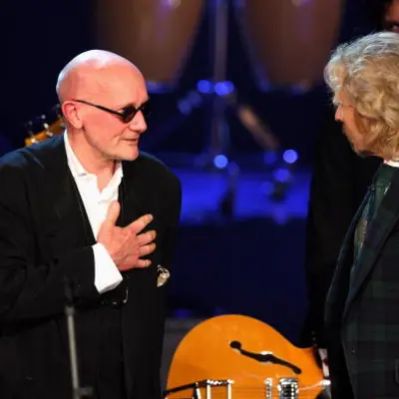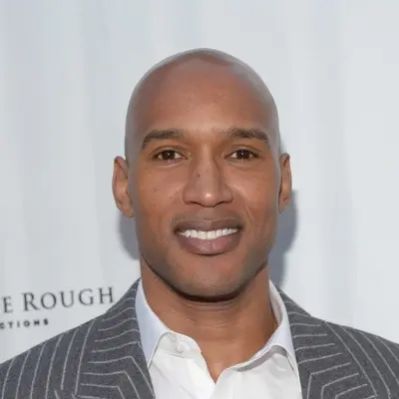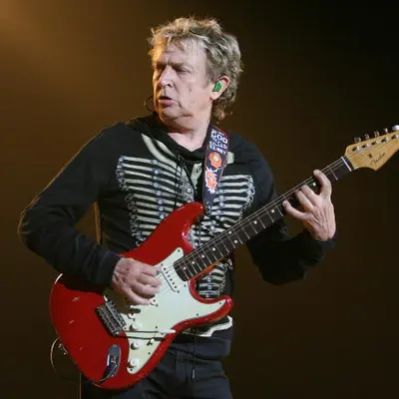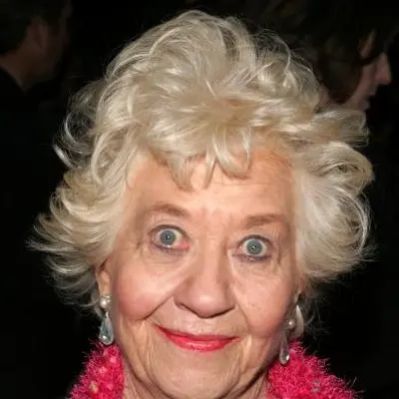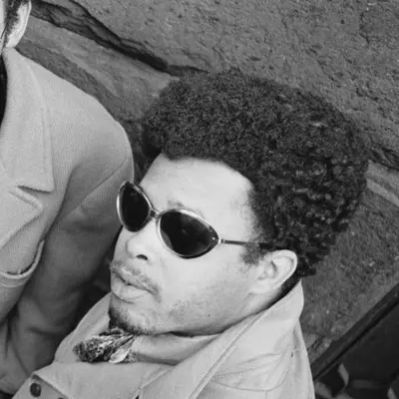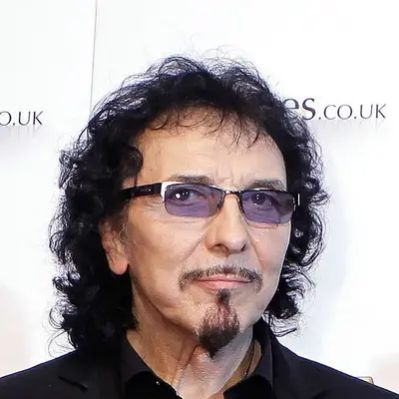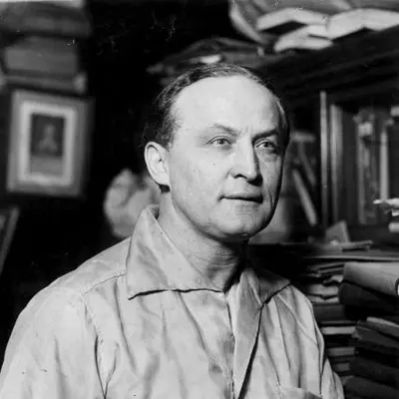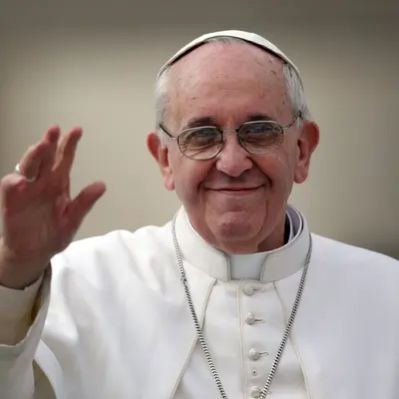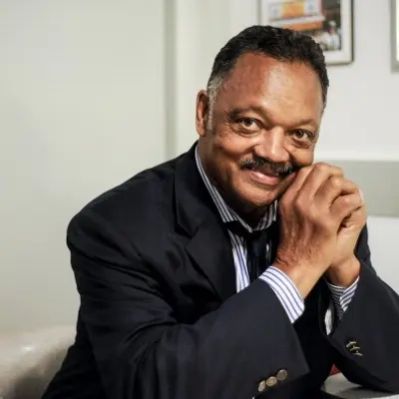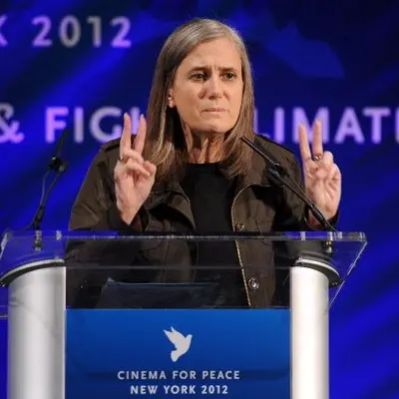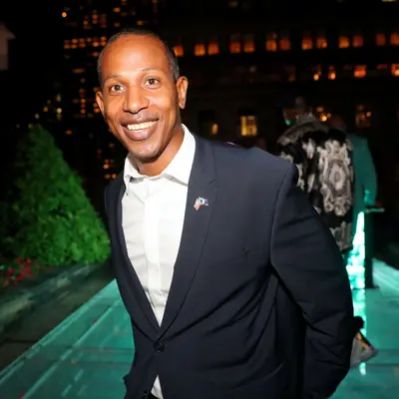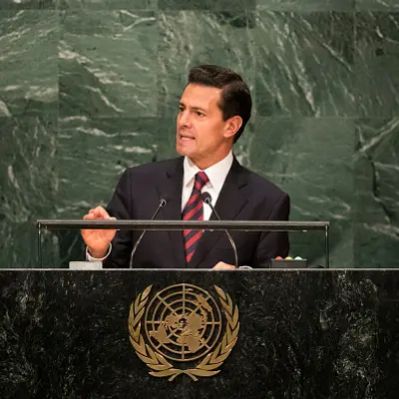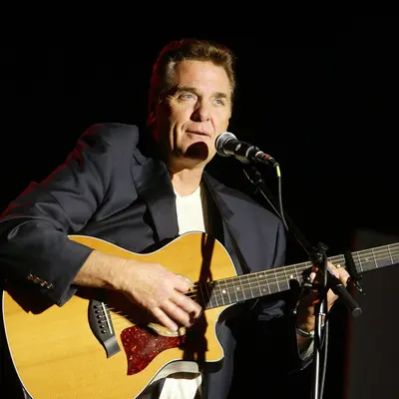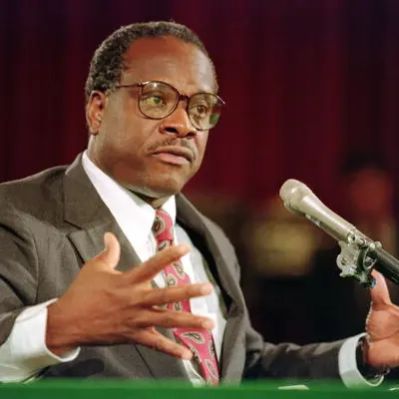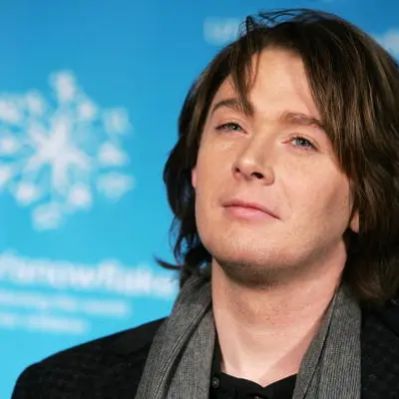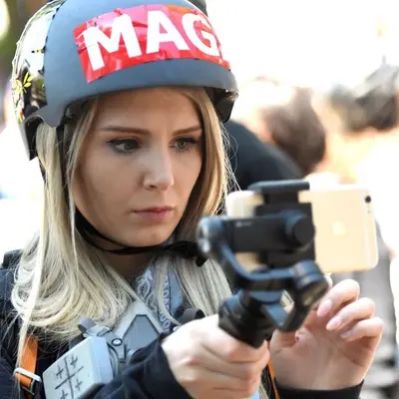What Is Ray Kurzweil’s Net Worth?
Ray Kurzweil, an accomplished American author, entrepreneur, scientist, inventor, and futurist, boasts a net worth of $30 million. This substantial wealth is a result of his pioneering contributions across multiple domains, including optical character recognition (OCR), text-to-speech synthesis, speech recognition technology, and electronic keyboard instruments. Furthermore, Kurzweil has authored numerous influential books exploring themes such as health, artificial intelligence (AI), transhumanism, technological singularity, and futurism, further contributing to his financial success.
Early Life and Education
Born on February 12, 1948, in New York City, Ray Kurzweil’s early life laid the foundation for his later achievements. His parents, secular Jewish immigrants from Austria, instilled in him a love for learning and innovation. His father was a concert pianist, conductor, and music educator. While his mother was a visual artist. Ray grew up alongside his sister, Enid, and their upbringing included exposure to diverse religious faiths through their attendance at a Unitarian Universalism church. From a young age, Kurzweil exhibited a keen interest in science and technology, deciding at the age of five that he wanted to be an inventor. By the age of 12, he started working with computers at a time when there were very few computers in the entire state of New York. He wrote his first computer program at the age of 15. Kurzweil’s formal education included attendance at NYC Public Education Kingsbury Elementary School PS 188 and Martin Van Buren High School. While attending High School, he often pretended to be involved while really working on his own projects. His exceptional talents were recognized early on, as evidenced by his selection as a national winner in the Westinghouse Talent Search for his first computer program. He then attended MIT, studying with Marvin Minsky, and obtained his bachelor’s degree in computer science and literature in 1970.
Career Highlights and Business Ventures
Ray Kurzweil’s career is marked by a series of groundbreaking inventions and successful business ventures. Following his graduation from MIT in 1970, Kurzweil founded Kurzweil Computer Products, Inc., where he spearheaded the development of the first omni-font optical character recognition system. This innovative technology, capable of recognizing text written in any normal font, revolutionized the field of document processing. In 1978, Kurzweil Computer Products began selling a commercial version of the optical character recognition computer program. LexisNexis was one of the first customers and bought the program to upload legal documents into its newly-formed online legal database. Later, Kurzweil sold Kurzweil Computer Products to Xerox, and he served as a consultant for Xerox until 1995. In 1984, Kurzweil founded Kurzweil Music Systems and created the Kurzweil K250. The machine made it possible for a single user to compose and play an entire orchestral piece. Kurzweil Music Systems was sold to South Korean musical instrument manufacturer Young Chang in 1990. Ray worked as a consultant for several years for the company. In 2015, he received a Technical Grammy for his invention of the Kurzweil K250.
Kurzweil’s entrepreneurial spirit led him to establish Kurzweil Applied Intelligence, a company focused on developing computer speech recognition systems for commercial applications. Furthermore, he founded Kurzweil Educational Systems in 1996, dedicated to creating pattern-recognition-based computer technologies to assist individuals with disabilities such as dyslexia, ADHD, and blindness. Notable products from Kurzweil Educational Systems include the Kurzweil 1000 text-to-speech converter software program and the Kurzweil 3000, an electronic learning system designed to improve reading, writing, and study skills.
In 1999, Kurzweil entered the world of finance with the creation of FatKat, a hedge fund that commenced trading in 2006. This hedge fund utilizes artificial intelligence investment software to identify patterns in currency fluctuations and stock-ownership trends. In 2005, he introduced a new invention, the Kurzweil National Federation of the Blind Reader, a device designed to help blind people by reading written text aloud. In December 2012, Kurzweil accepted a full-time position at Google, where he contributes to projects related to machine learning and language processing.
Beyond his technological and entrepreneurial endeavors, Kurzweil is also a published author. His literary works include “The Age of Intelligent Machines” (1990), which was recognized as the Most Outstanding Computer Science Book of 1990 by the Association of American Publishers; “The 10% Solution for a Healthy Life” (1993); “The Age of Spiritual Machines” (1999); “Fantastic Voyage: Live Long Enough to Live Forever” (2004); “The Singularity Is Near” (2005); “Transcend: Nine Steps to Living Well Forever” (2009); “How to Create a Mind” (2012); “Danielle: Chronicles of a Superheroine” (2019); and “The Singularity is Nearer” (2022). The success of his publications contributed to his Net Worth.
Personal Life and Interests
Ray Kurzweil’s personal life is characterized by a commitment to family and a deep interest in extending human life. In 1975, he married Sonya Rosenwald, a psychologist based in Massachusetts. Sonya has published several papers on the topic of psychology. Together, they have two children: Ethan, who has become a venture capitalist, and Amy, who is a cartoonist. Kurzweil is a member of the Alcor Life Extension Foundation, a cryonics company. Ray plans to be perfused with cryoprotectants, vitrified in liquid nitrogen, and stored in an Alcor facility in the event of his death in the hope that future medical technology will be able to repair his tissues and revive him.
 Net Worth Ranker
Net Worth Ranker
